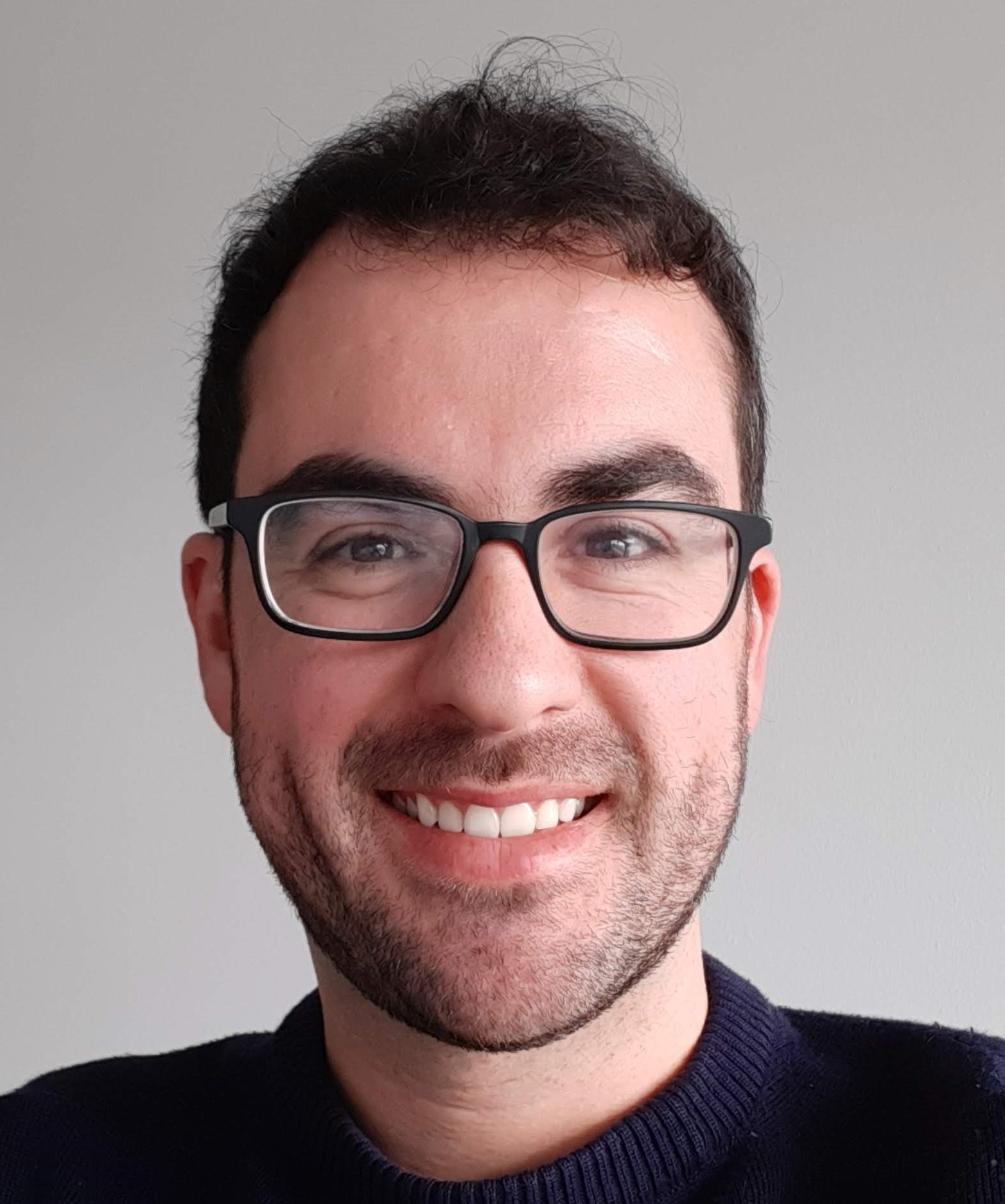News
Assistant professor Tiago Lopes da Costa (Bio electronics) receives the ‘early career HFSP research grant’
- Thursday, 1 April 2021
Abstract
Cellular communication is mediated by voltage-gated, ligand-gated and mechanosensitive ion channels. Tools for modulating neuronal communication based on focused ultrasound (FUS) were developed to overcome fundamental limitations in optogenetics, combining non-invasive approaches and high spatial resolution without the need for genetic modification of neurons. Yet, little is known about the fundamental mechanisms of how focused ultrasound waves influence the finely tuned interplay of ion channels and lipid bilayers. How does the frequency and intensity of the ultrasound wave affects the lipid bilayer and different types of ion channels? What is the physical mechanism that governs the triggering of ion channel activity? These questions remain unanswered, with existing hypothesis limited by the spatio-temporal resolution of traditional optical, electrophysiology and ultrasound tools, which prohibit observations at the single ion channel level. To answer these questions we hypothesize that, if there would be a way to monitor effects of the FUS on the lipid bilayer and single ion channels with high temporal resolution, one should be able to monitor ultrasound-evoked oscillating current responses informing on ultrasound neuromodulation mechanisms. Hence, the aim of this proposal is to develop a concurrent experimental and computational approach, where state-of-the-art ultrasound and current read-out devices enabling high-bandwidth electrophysiology are matched with computational electrophysiology simulations. This will allow us for the first time to match the frequency of the focused ultrasound with the bandwidth of single ion channel recordings and the length of the computer-based simulations. We will focus our efforts in three aims, where Aim1 will establish the recording systems and simulations using model membranes alone and a mechanosensitive model channel. In Aim2 we will develop a recording platform integrating US-stimulation and high bandwidth recordings in complementary metal-oxide semiconductor (CMOS) technology, extending our efforts on non-mechanosensitive channels. In Aim3, we will combine the gained knowledge from Aims 1 and 2 to focus on mechanosensitive channel that are hypothesized to be involved in neuromodulation.
